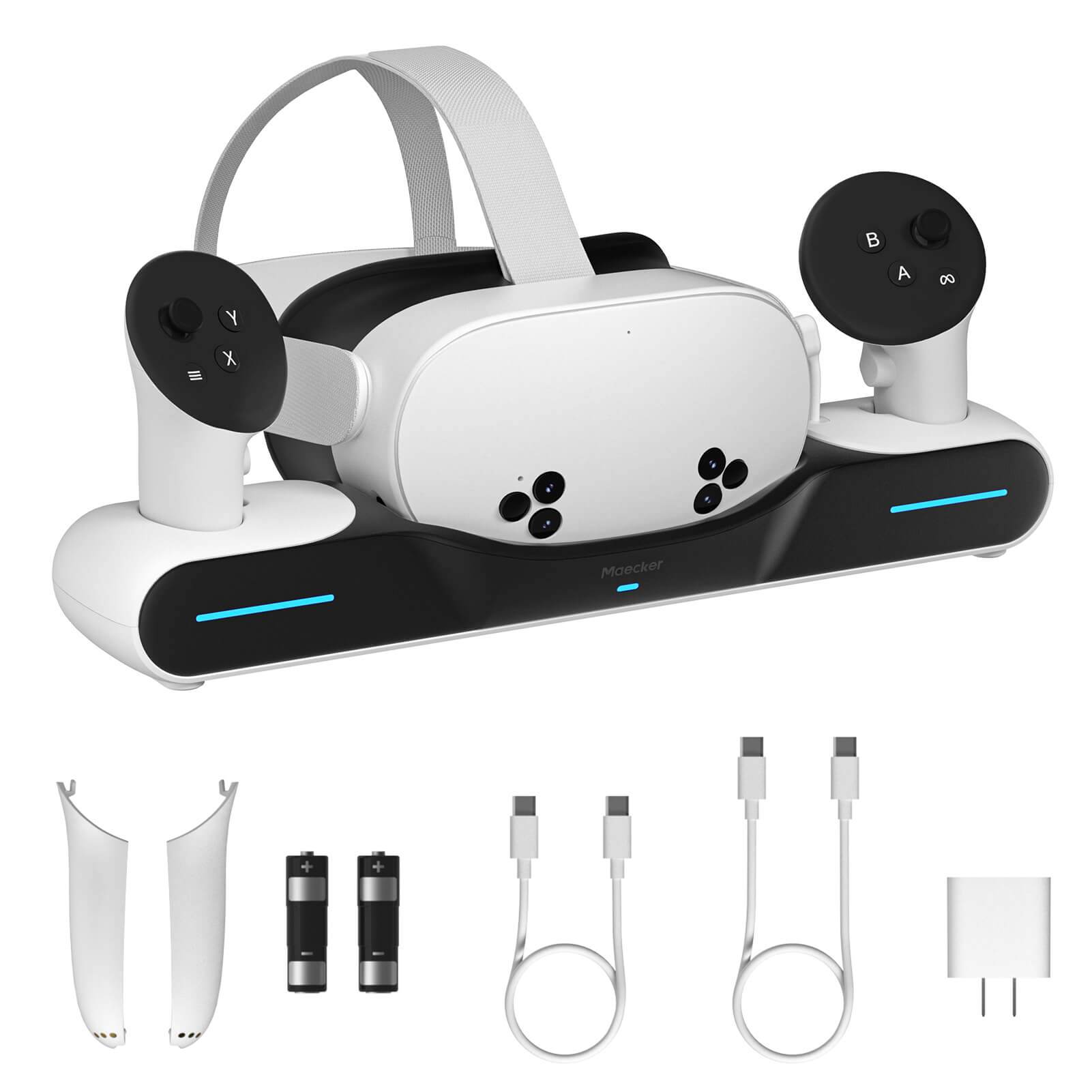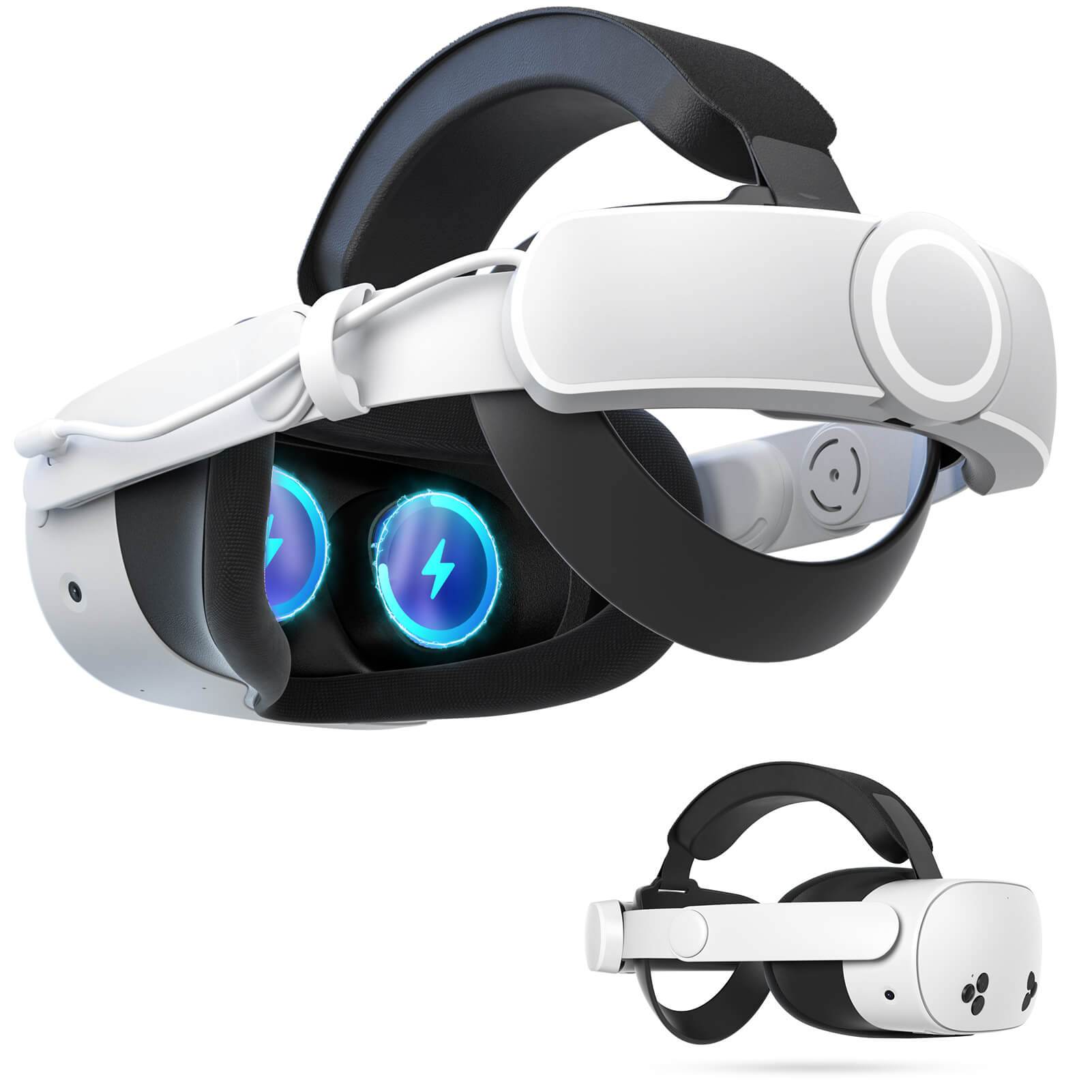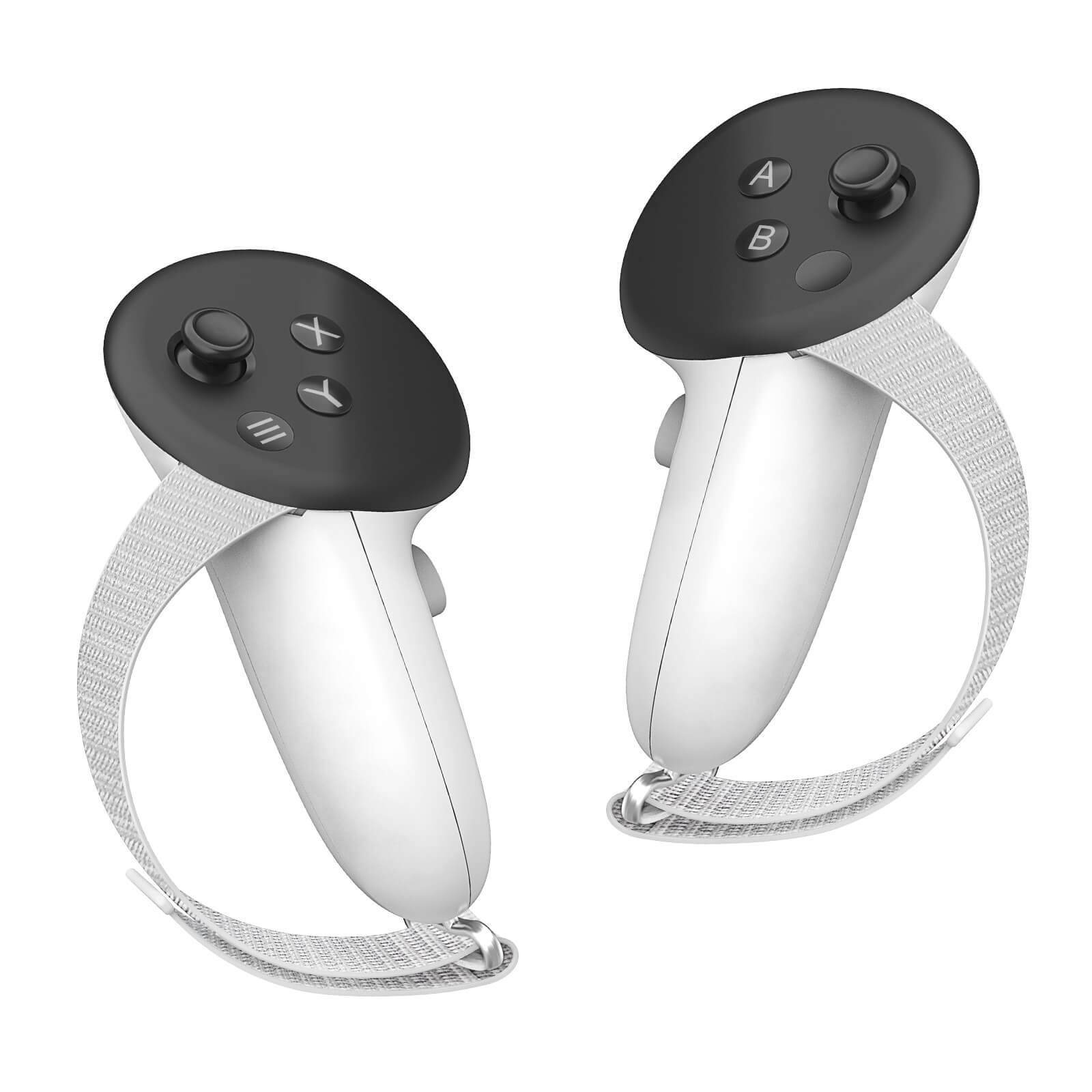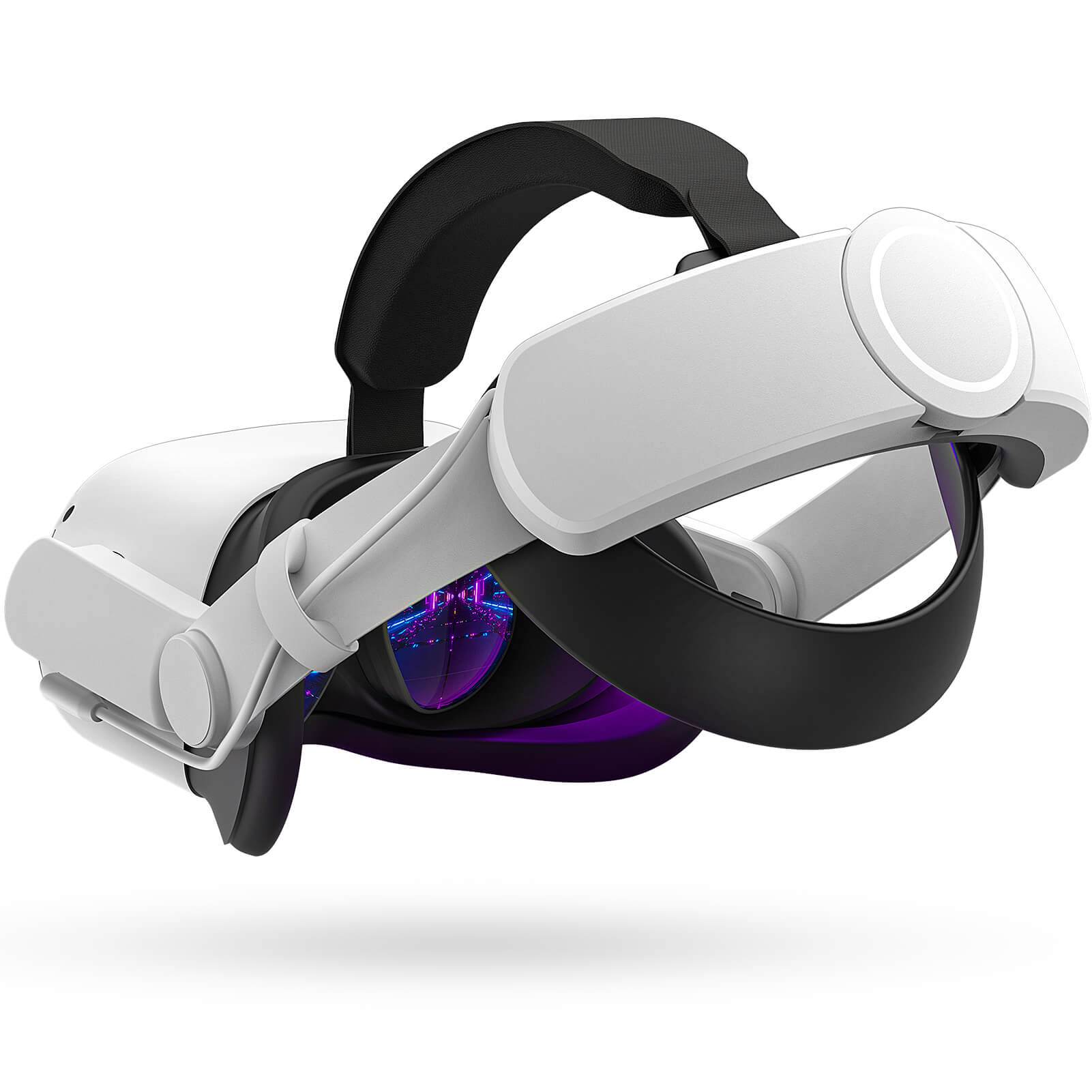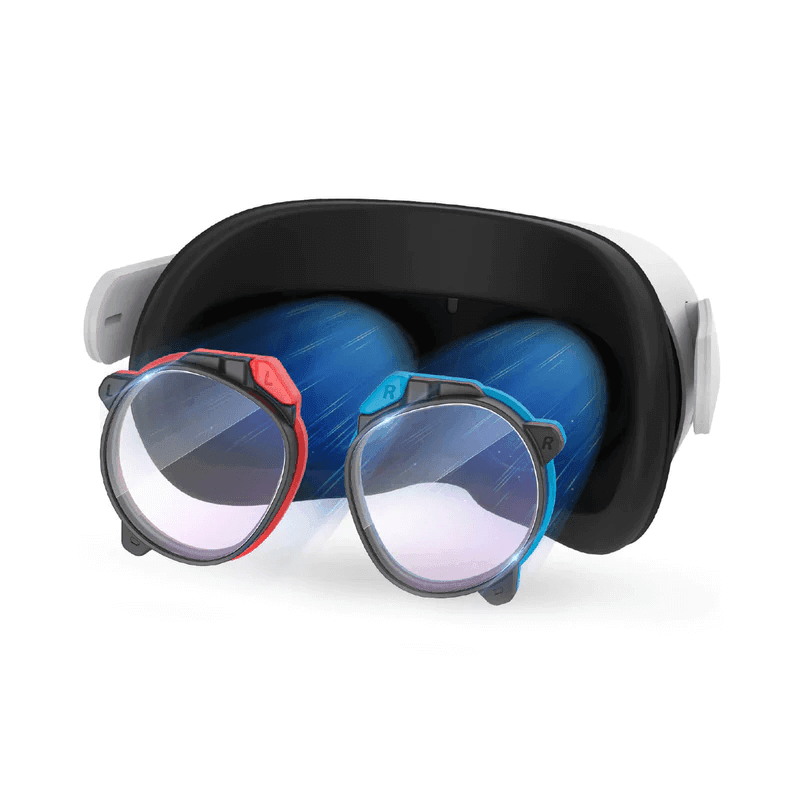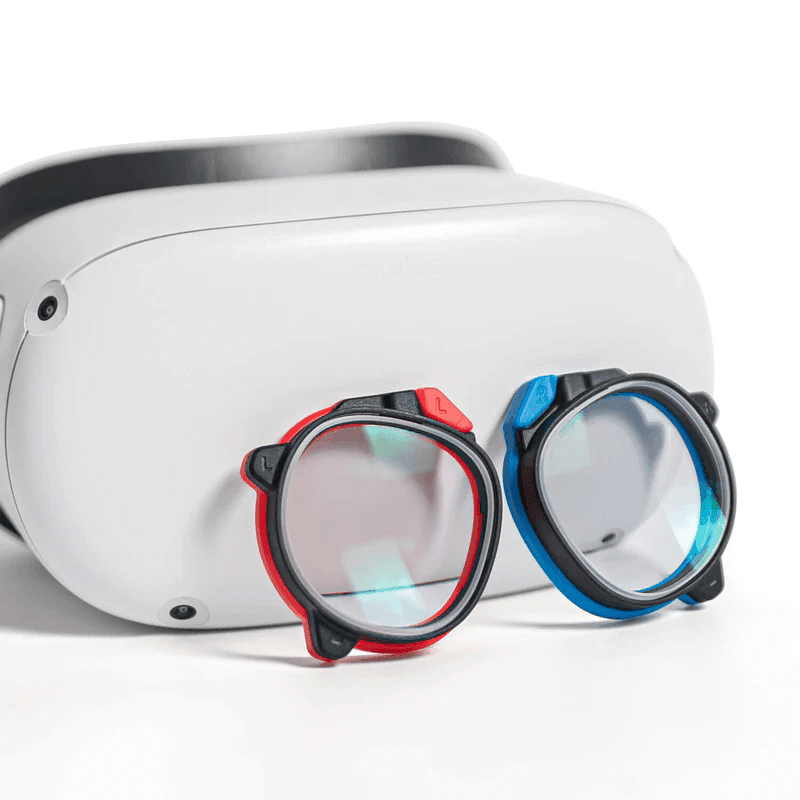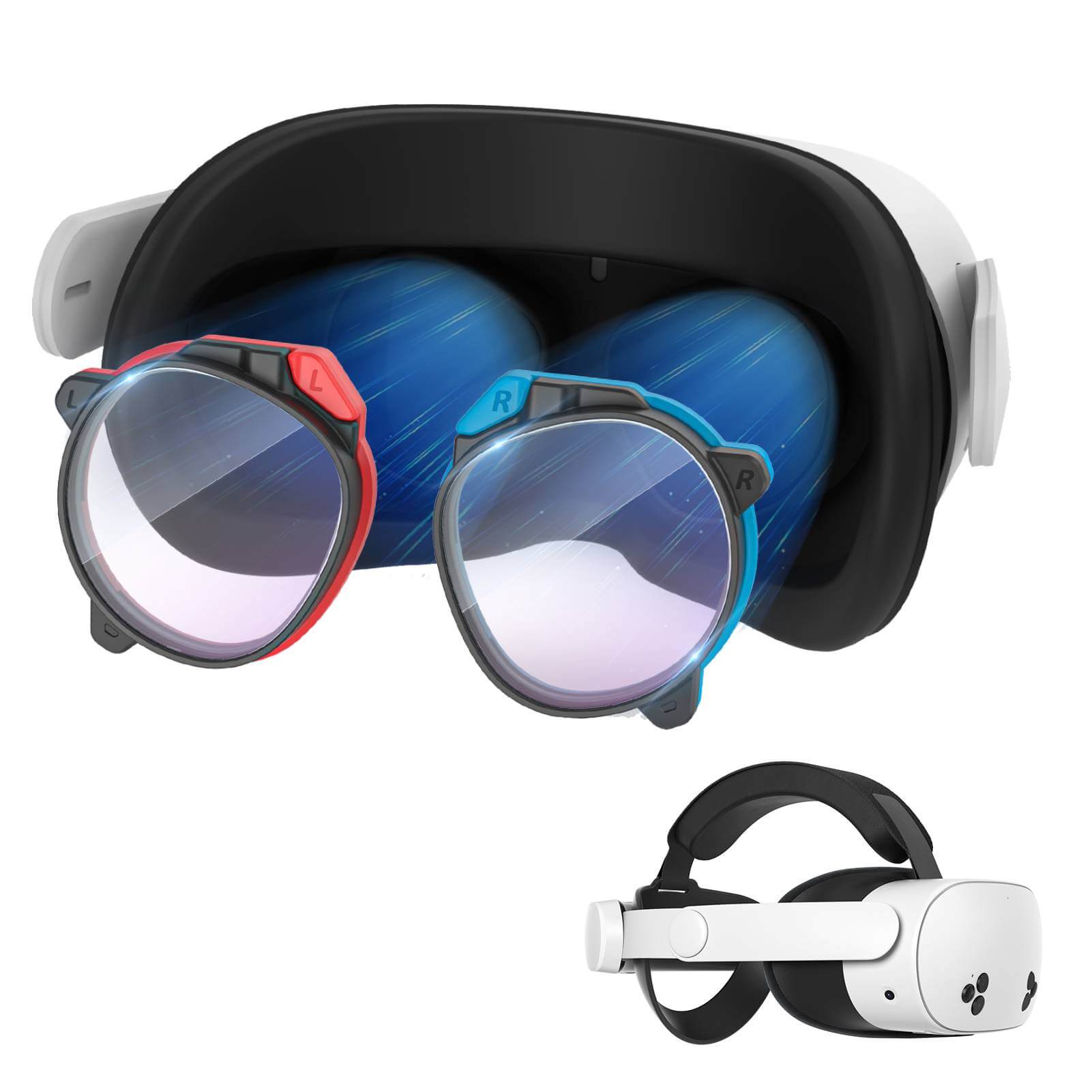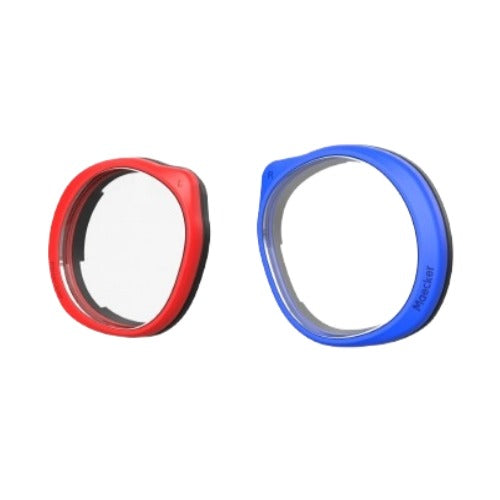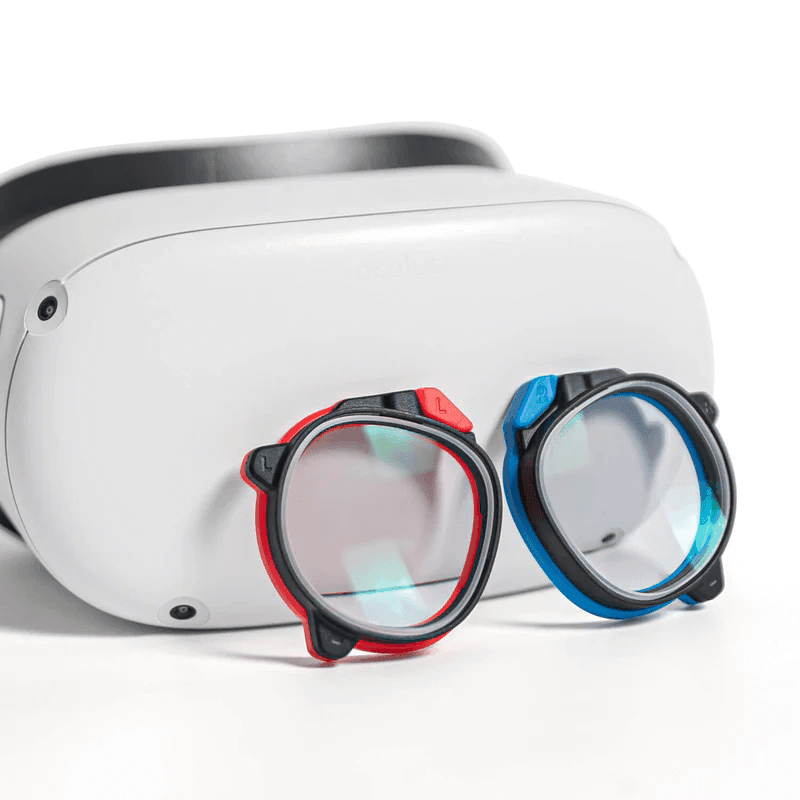Listening to music while playing on a Meta Quest headset isn’t yet a built-in feature but there are several creative methods you can try. These approaches let you combine your favorite tunes or podcasts with the immersive experience of VR, offering both relaxation and motivation.
This guide outlines a few ways to make this happen, including using hardware solutions, third-party tools, and even using built-in browser capabilities on the headset. Each method is simple enough to set up and designed to be compatible with Meta Quest.
1. Using A Headphone Split Adapter
A headphone split adapter can be a great option for mixing your own music or audio with in-game sound on the Meta Quest. These adapters allow you to connect your headset to a line-in audio source while also attaching headphones.
You can find these adapters on websites like Amazon by searching for “5-way headphone splitter.” This adapter works by splitting the audio so that you can listen to both the VR headset sound and external audio.
- Plug the headphone splitter into the Meta Quest’s audio jack.
- Next, connect the audio source you’d like to play, such as a phone or MP3 player, and then plug in your headphones to the adapter.
One benefit of this method is the ability to adjust audio levels directly. You can control both the Meta Quest audio and your external source’s volume, ensuring that neither sound overpowers the other.
To make it even more convenient, you can secure the adapter to your headset using a Velcro strap. This setup prevents any dangling cords or distractions while you’re immersed in VR.
2. Running Spotify And Discord In The Background Using Oculess
For those looking to play audio from apps like Spotify or Discord in the background on the Meta Quest, a tool called Oculess can help. This tool enables background audio playback on apps not typically allowed to run while the Quest is in use. Here’s how to set it up:
Enable Developer Mode
First, activate Developer Mode on your Meta Quest. This is usually done through the Meta Quest app on your phone by going into the settings and following the prompts under “Developer” options.
Install Oculess and the Desired Apps
Download the Oculess app and also install Spotify, Discord, or any other audio app you want to use. You can do this using SideQuest, a third-party app platform for Meta Quest, or with ADB commands from a PC. If you only have an Android device, try using the Bugjaeger app with an OTG cable to install apps on the Quest.
Remove Accounts Temporarily
Once all apps are installed, open Oculess on your headset. Use the “Remove Accounts” button in Oculess to temporarily clear your accounts from the device. Don’t worry—your accounts will automatically return after a few minutes.
Enter the ADB Command
Now, using SideQuest on your computer, enter the necessary ADB command provided by Oculess. This command enables background playback permissions. It’s a one-time setup, so once this is done, you won’t need to repeat it each time.
Re-enable Background Audio
Finally, return to the Oculess app, select “Enable Background Audio for Installed Apps,” and start playing music on Spotify or another app. Once you’ve followed these steps, your music or podcast will continue to play in the background even as you open and close different apps on the headset. Just remember to activate the background audio each time you restart your Quest device.
3. Using The Browser For YouTube Music
Another simple way to enjoy music on the Meta Quest headset is by using the built-in web browser to play YouTube. Here’s how to do it:
- First, open the browser app on your Meta Quest headset and go to the YouTube website.
- Use the search bar to look for a song or playlist you’d like to listen to. Play the video to start the audio stream.
- When you exit the browser, YouTube will automatically pause. You’ll see a notification for this on the Meta Quest.
- o continue playing the audio in the background, scroll down in your notifications panel. Find the YouTube notification, click the three dots for more options, and choose “Play.” This setting will restart the audio in the background, so you can keep listening as you return to your VR game or app.
This option works well for anyone who wants a quick and easy way to play music without extra apps or hardware. The browser-based method also provides access to millions of songs and playlists, making it highly versatile.
Troubleshooting Common Issues
Here are a few tips to ensure everything runs smoothly with these methods:
Adjust Audio Levels
Some games or apps might have their own volume settings, which could affect your listening experience. Be sure to check both the game and headset volume levels to find a comfortable balance.
Check Compatibility
Not all external apps or audio solutions work seamlessly with every VR game. Some might interfere with gameplay or cause slight performance dips. Experiment with different configurations to see what works best for your preferred games.
Re-enable Settings After Reboot
If you’re using Oculess, remember that background audio settings may need to be re-enabled each time you restart the Meta Quest. Simply open the Oculess app and click the enable button for background audio to activate it again.
Use Stable Internet
If you’re streaming music or videos online, a stable internet connection is essential. Interrupted connectivity can disrupt audio playback, particularly for browser-based methods like YouTube.
Recommended Meta Quest Accessories
1. MaeckerVR Meta Quest 3 Battery Head Strap
2. MaeckerVR Meta Quest 3S Battery Head Strap
Conclusion
While Meta Quest doesn’t yet have built-in music playback, these methods provide workable solutions. Each of these approaches has its benefits, so experiment with what works best for you to enjoy music, podcasts, or any audio while gaming on Meta Quest.

